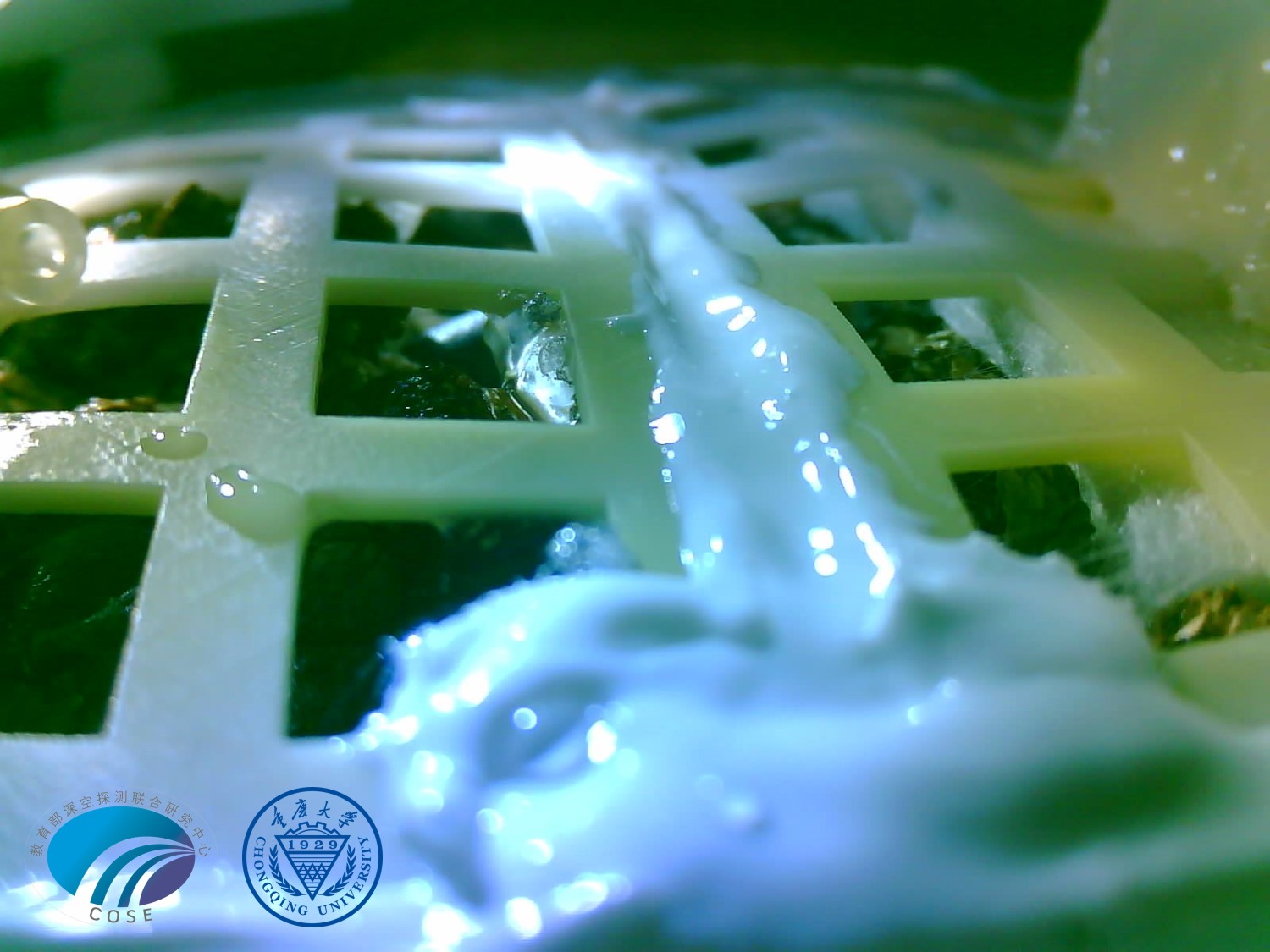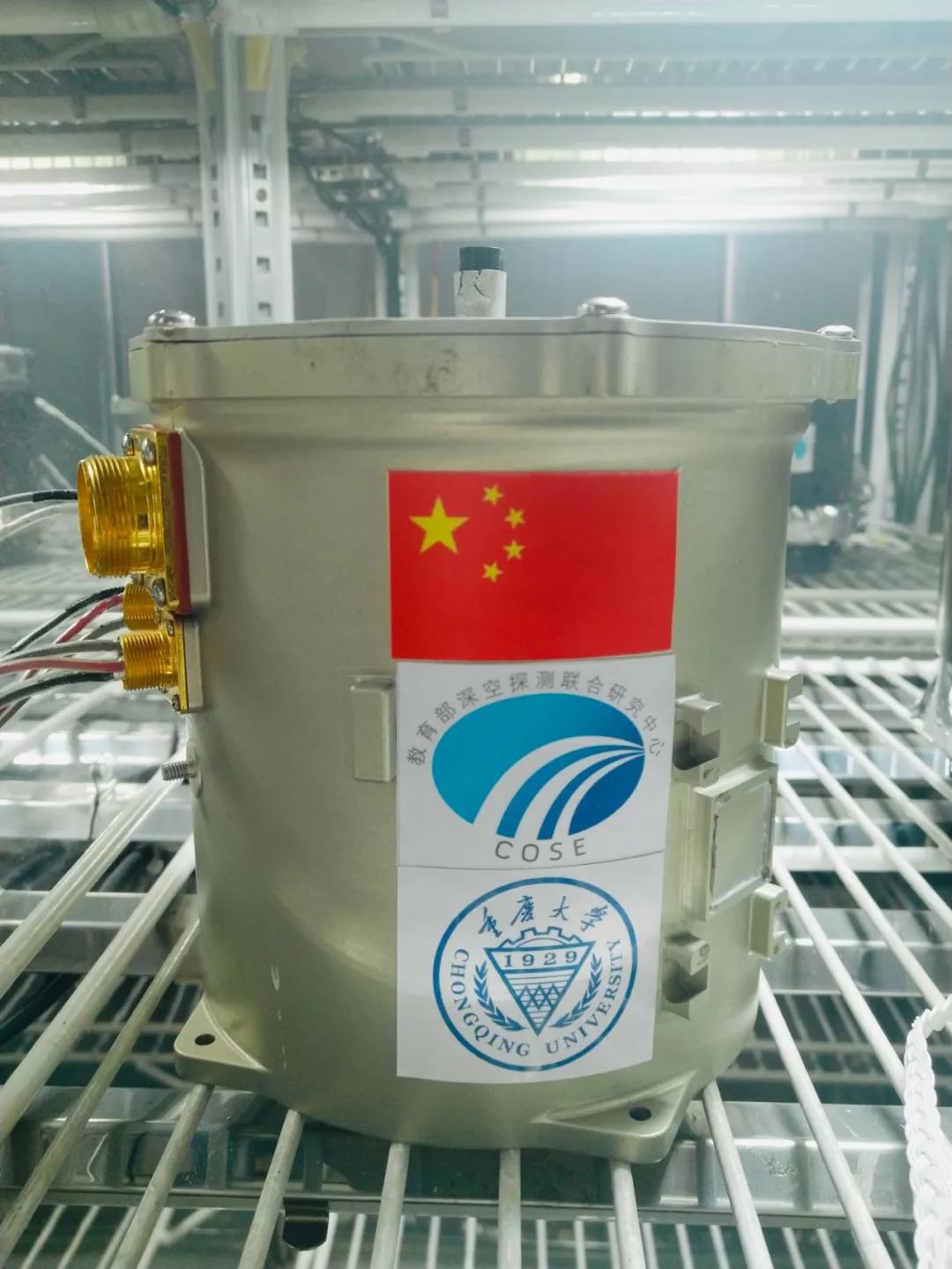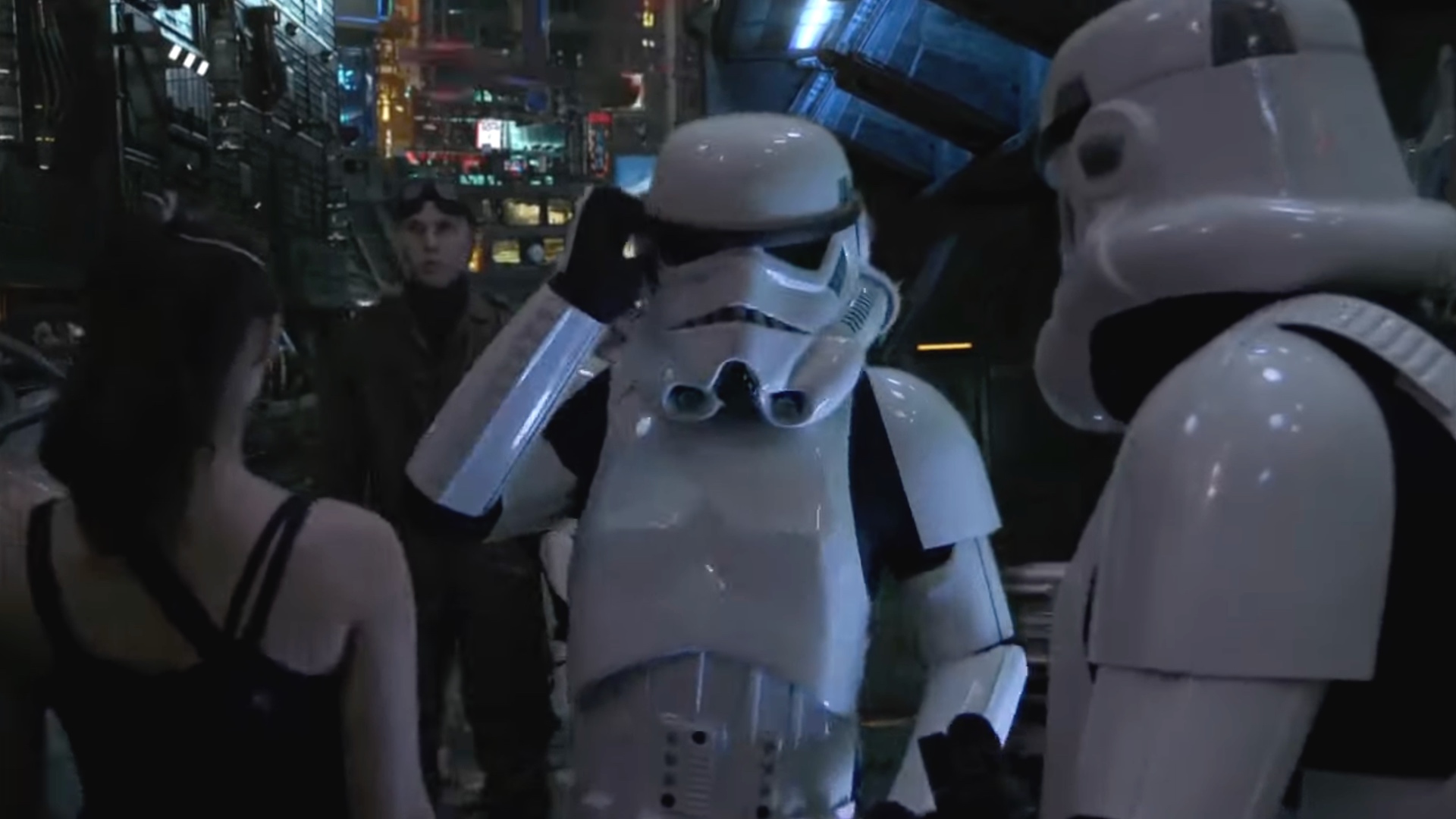Cotton Seed Sprouts on the Moon's Far Side in Historic First by China's Chang'e 4

Before China finished packing up its Chang'e 4 lunar lander to be blasted off on a never-before-accomplished journey to the far side of the moon, scientists slipped in a small tank holding plant seeds. And now, the team announced, a cotton seed has sprouted.
That makes it the first truly otherworldly plant in history. Astronauts onboard the International Space Station regularly tend plants to study how growth changes in microgravity (and to diversify astronaut diets in space), and plants and seeds have orbited Earth on and off throughout spaceflight history. But the closest that terrestrial vegetation has come to the moon before now was in 1971, when Apollo 14 astronaut Stuart Roosa carried hundreds of tree seeds to orbit the moon with him. Many of these seeds were later planted back on Earth, becoming "Moon Trees."
In addition to cotton, the Chinese moon capsule also includes seeds to grow potatoes and a common lab plant called Arabidopsis, neither of which have sprouted so far. And even the cotton plant is looking pretty peaky compared to seedlings in a control setup the scientists established on Earth.

It's not particularly surprising that the moon seeds are struggling, since they've been through a lot — the drama of launch, uncomfortable temperature swings, low gravity and high radiation.
The capsule and its seeds are stored on the Chang'e 4 lander, which is perched inside Von Kármán Crater on the far side of the moon. The lander is accompanied by the Yutu 2 rover, which has left its grounded counterpart to explore the neighborhood. Both robots are currently experiencing their first long, cold night on the moon, when daytime and nighttime each last about two Earth weeks.
Email Meghan Bartels at mbartels@space.com or follow her @meghanbartels. Follow us @Spacedotcom and Facebook. Original article on Space.com.
Breaking space news, the latest updates on rocket launches, skywatching events and more!
Join our Space Forums to keep talking space on the latest missions, night sky and more! And if you have a news tip, correction or comment, let us know at: community@space.com.

Meghan is a senior writer at Space.com and has more than five years' experience as a science journalist based in New York City. She joined Space.com in July 2018, with previous writing published in outlets including Newsweek and Audubon. Meghan earned an MA in science journalism from New York University and a BA in classics from Georgetown University, and in her free time she enjoys reading and visiting museums. Follow her on Twitter at @meghanbartels.
